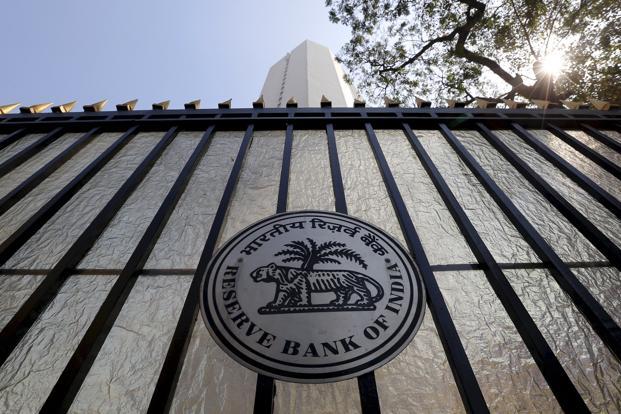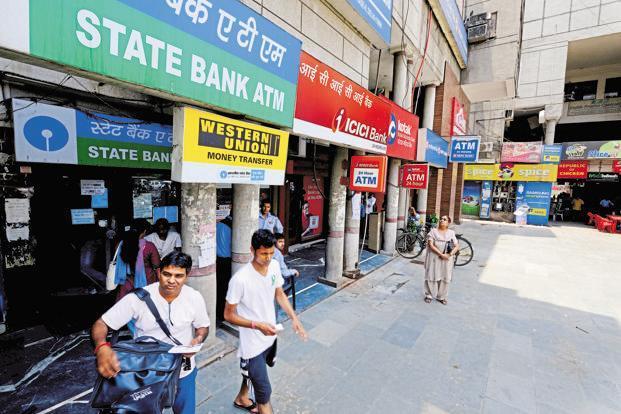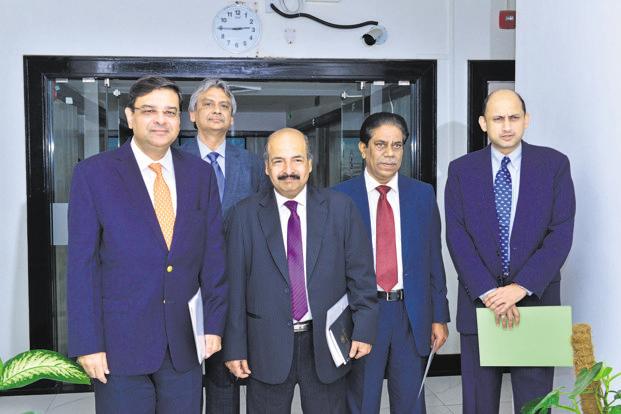The Reserve Bank of India (RBI) on Wednesday raised its repo rate by a quarter percentage point to 6.25%—the first rate hike since January 2014. This was no surprise; the surprise has been that all six members of the monetary policy committee (MPC), the central bank’s rate setting body, voted for the hike.
Despite the rate hike, and lift in its inflation projection for the year, albeit marginally, RBI has not changed the stance of the monetary policy. It remains neutral. This means, RBI is keeping all options open. There are too many uncertainties and risks to the inflation projection but, at this point, RBI has not made up its mind on future rate hikes. We may see yet another rate hike—in October, or even in August—but the action and the timing of it will depend on the inflation trajectory.
The market had priced in a rate hike and RBI was behind the curve. By raising the policy rate, RBI has caught up with the market; besides a neutral stance ideally takes away the uncertainties from the market. So, ideally, the market should have heaved a sigh of relief as there could not have been a better RBI policy and the bond yields should have dropped. But this has not happened. In fact, bond prices dropped and the yield on 10-year paper rose from 7.83% to 7.92% after the policy announcement.
Why did this happen? One reason could be all six MPC members—including a known “dove” Ravindra H. Dholakia—voted for a hike, making it obvious that even though the stance remains neutral, it can turn hawkish soon and the entire MPC is aware of the risks to the inflation targets set for the year.
More than this, RBI’s liquidity stance has not gone down well with the market which was expecting the central bank to talk on the so-called open market operations, or OMO—bond buying to infuse liquidity. So far, RBI has done just about little over Rs10,000 crore worth OMOs. Theoretically, RBI has many tools in its arsenal to manage liquidity but it has not hinted at using any one of them—either in the policy or during the post policy conference.
RBI deputy governor in charge of the monetary policy, Viral Acharya, made it clear that the objective of the central bank is to keep the weighted average of overnight call rate anchored to the repo rate. Since this has been the case, the question of infusing liquidity does not rise (he did not say so but one can infer this). To be sure, it is difficult for RBI to hike the policy rate and, at the same time, opening up the liquidity tap as it defeats the very purpose of the rate hike.
However, bankers expect RBI to infuse liquidity to “manage” bond yield. There is hardly any buyer in the bond market for fear of value erosion. Like last fiscal year, for the June quarter too, RBI is allowing banks to spread the loss in bond value over four quarters but that’s hardly any incentive for the banks to come to the market.
Indeed, the systemic liquidity is positive at the moment but it will be in deficit mode in the second half with the rise of currency in circulation (typically, during elections the currency in circulation, or “leakage”, is higher). Even if we presume that the worst for the local currency is over and RBI may not have to sell dollops of dollars (and, of course, it can be active in the forward market), the currency leakage will definitely tighten liquidity in the second half. RBI will presumably act (and announce OMOs) when it actually happens in the second half of the year and not now as it sends a conflicting signal.
RBI also kept the GDP growth forecast for 2018-19 unchanged at 7.4% with risks evenly balanced. The regulator sees distinct signs of all-round recovery and the output gap has almost closed. This is good news. The bad news is inflation forecasts have been raised to 4.8-4.9% in the first half and 4.7% in the second half—from 4.7-5.1% and 4.4%, respectively—with upside risks.
By maintaining a neutral stance, RBI has not embarked on a rate hike cycle as yet but another rate hike is likely over the next few months, depending on the trend in oil prices, impact of HRA revisions by various state governments and minimum support price for crops, among others.
Does the rise in bond yields indicate that the market has started pricing in yet another rate hike immediately after the RBI policy announcement? More than that, this phenomenon is reflecting the pain that the Indian banking system is undergoing now.



